Winter bushcraft
Here at Wildway Bushcraft we are always keen to encourage everyone to go out and enjoy the great outdoors, whatever the time of year. But with winter on its way, you may think that it’s time to pack away your bushcraft kit until the spring. Being outside in the woods in winter may not seem particularly inviting, but you can still enjoy being out and practising your bushcraft skills.
Fire lighting
Winter is the time to really test your fire lighting skills. It is during winter that you will greatly appreciate the benefits of a good fire. But whatever technique you use to light a fire, it is harder to do so in the cold and damp conditions of winter. Try to source dry kindling and dead, dry standing wood for your fire. If you find that you need to perfect your technique then you may want to join our one day friction fire lighting course.
Animal tracking
Winter conditions make it a great season to do some animal tracking, especially if there is snow on the ground. When you are looking at animal tracks on snow you will be able to piece together the whole track. You will be able to observe certain activities and behaviours, which would be much harder to determine or could be missed altogether without snow. But even if there is no snow, the soil is often damper in the winter and there are a lot more muddy patches, making tracking much easier.
Snow shelter
You can build a snow shelter using blocks of compacted snow. You might want to aim for an igloo style shape by digging a trench in the snow, then using blocks to create an angled roof over the trench in an inverted V-shape. You can also build a shelter from digging into a pile of snow. Snow shelters are surprisingly warm thanks to the air trapped in the snow, which makes them well insulated.
Melting snow for drinking water
If there is snow on the ground then you can use this to make drinking water. If you have some water available, put it in a pot and heat it up then add snow gradually to melt it. Or you can start with a bit of snow which you melt quickly, then keep adding small amounts until there is a good amount of water in the pot, then continue to add large quantities of snow a bit at a time. But snow can vary in its consistency, so you might find that you need to practice this to get it right.
Identifying trees and plants
It isn’t always easy to identify evergreen or deciduous trees in winter, but when you do it’s very satisfying! During winter time you can’t rely on looking at just the leaves, flowers or fruit, but you have to look at other details. Many wild plants appear as early as December. Not just herbaceous plants but cherry trees are often well under way in early January.
Using your axe
Whether you are in a tent or sleeping out by a fire, you’ll need plenty of firewood to keep you warm, boil water and cook food. So this is where your axe becomes an essential bit of kit during the winter. If you want to sharpen your axe skills then sign up to our axe skills and charcoal making course.
It’s not surprising that many of us would rather hibernate during the colder winter months, but if you use layers of clothing to help you keep warm, wear good quality boots and pack a good bushcraft kit, then the winter is just yet another great season where you can really enjoy the great outdoors.
If you want to brush up on your bushcraft skills or maybe try something a bit different, visit our courses page and sign up for an adventure with us in the woods.

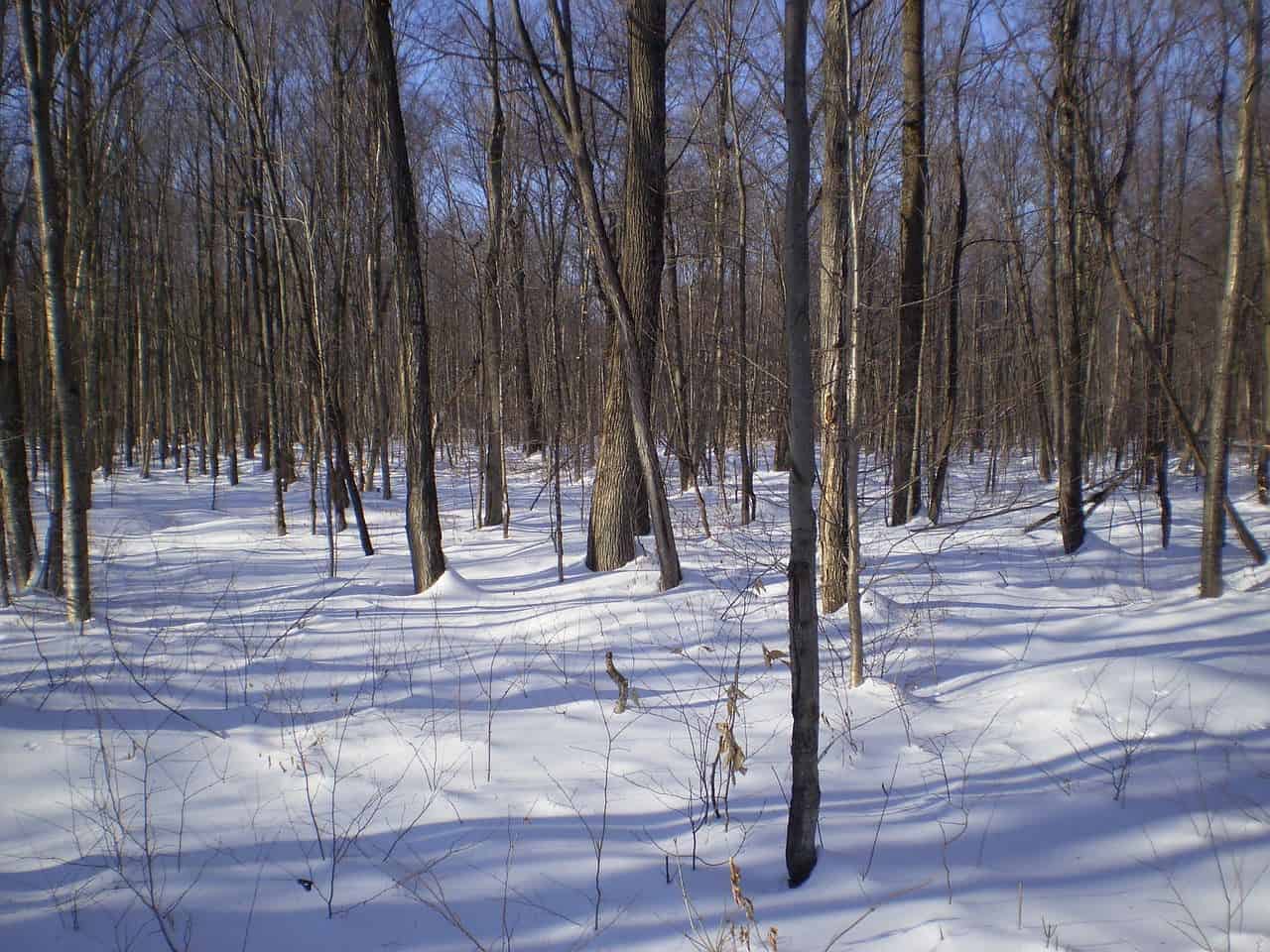
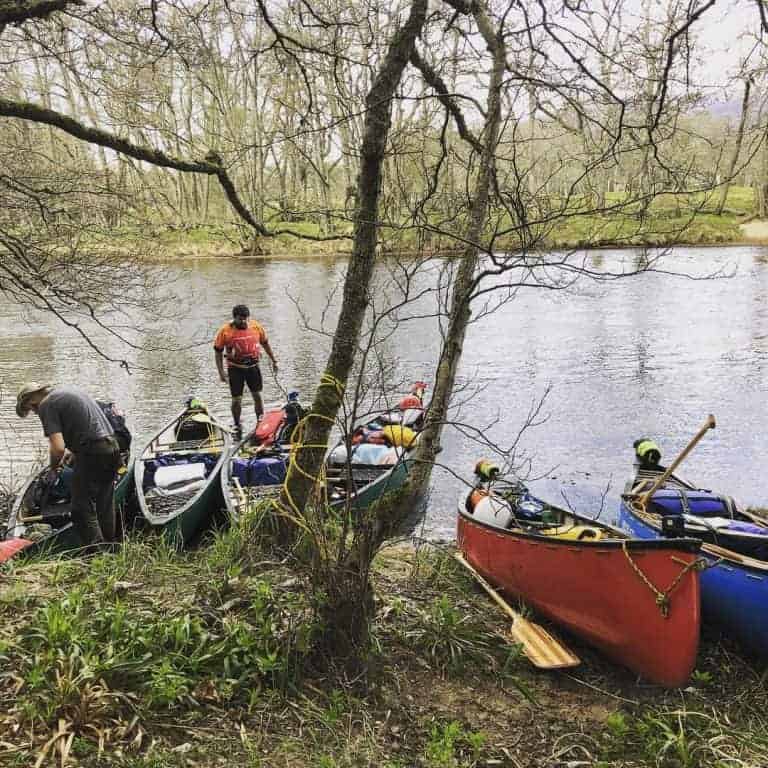
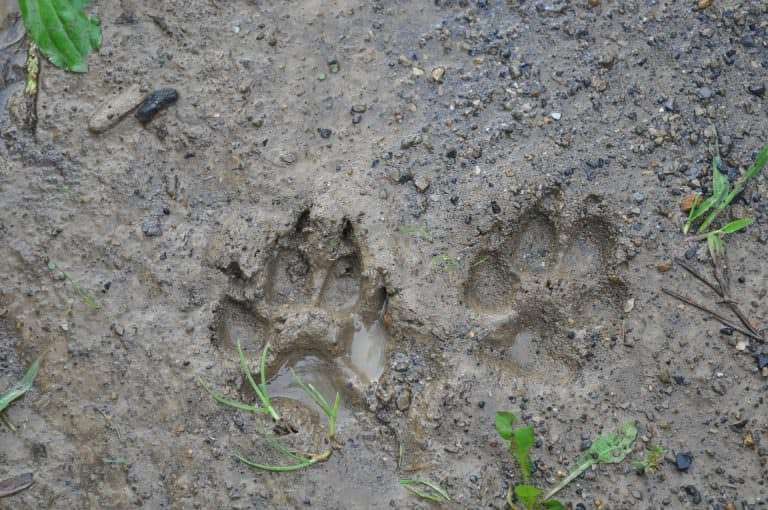


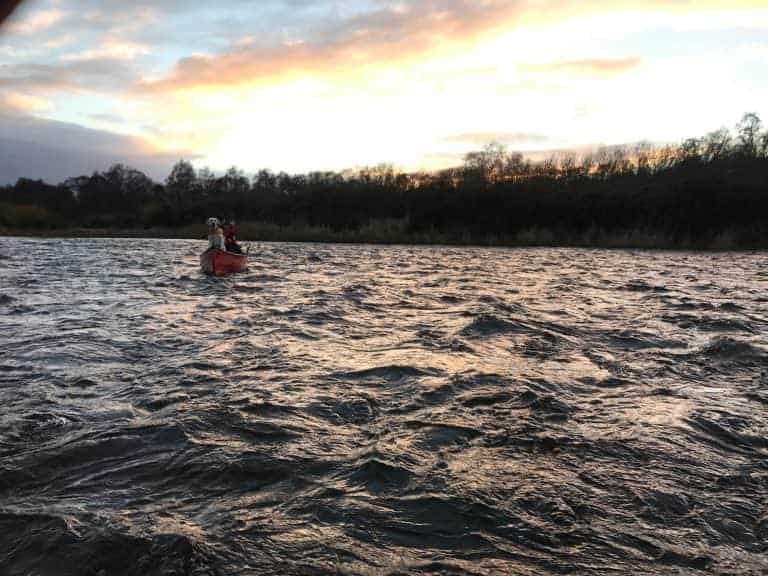
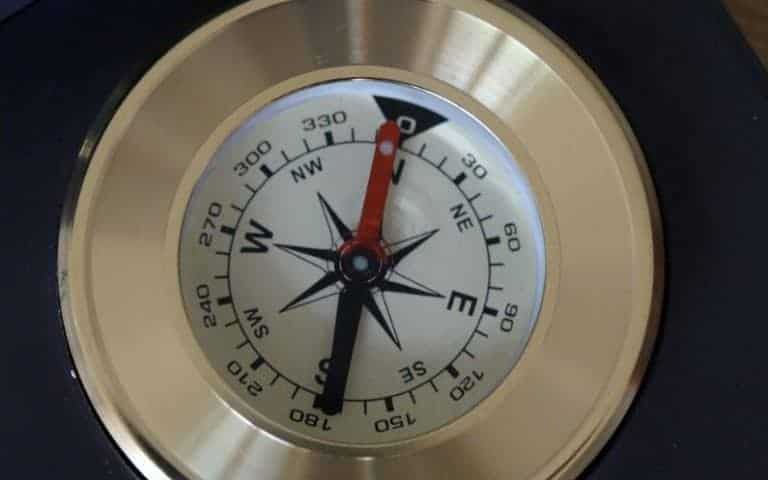
Good tips. Thanks a lot. Merry Christmas and a Happy and Prosperous New Year to you
Thank you Steve, glad it helped. Happy new year to you too.